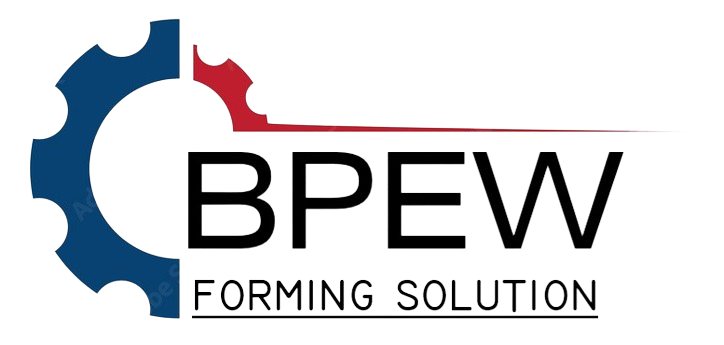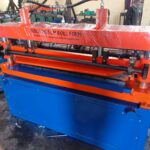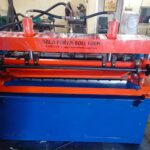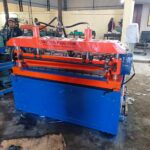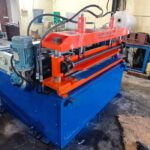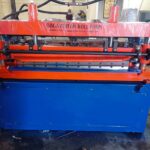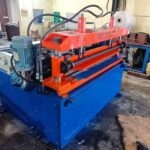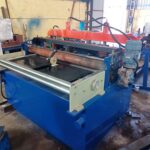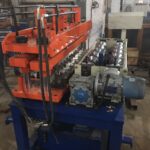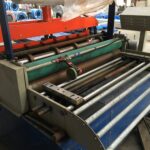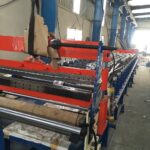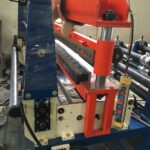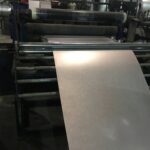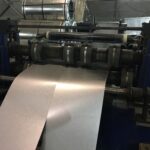Slitting and Shearing
Slitting is a critical process in sheet metal fabrication where circular knives are employed to cut wide coiled sheet metal into narrower strips or trim the edges of rolled sheets. The slitter knives are mounted on two arbors with spacers that determine the width of the cut and horizontal clearance. Vertical clearance may also be adjusted to correct for any bending in the arbors. Rubber stripper rings assist in ejecting and supporting the strip during the slitting process. This method not only involves shearing but also incorporates bending deformation simultaneously across various stages.
Shearing is another essential cutting process in metalworking that produces clean, straight cuts without generating chips or employing heat-induced methods like burning or melting. It involves applying shear force to cut metal sheets, plates, or bars to desired dimensions. Manual shears are typically used for thinner materials, while power shears and guillotine shears are employed for thicker, larger sheets. Regular maintenance of shearing tools, including blade sharpening and lubrication of moving parts, is essential to maintain cutting precision and efficiency. Shearing finds widespread application in metal fabrication, automotive manufacturing, and construction industries for creating precise parts from larger metal sheets, ensuring dimensional accuracy and high-quality finishes.
